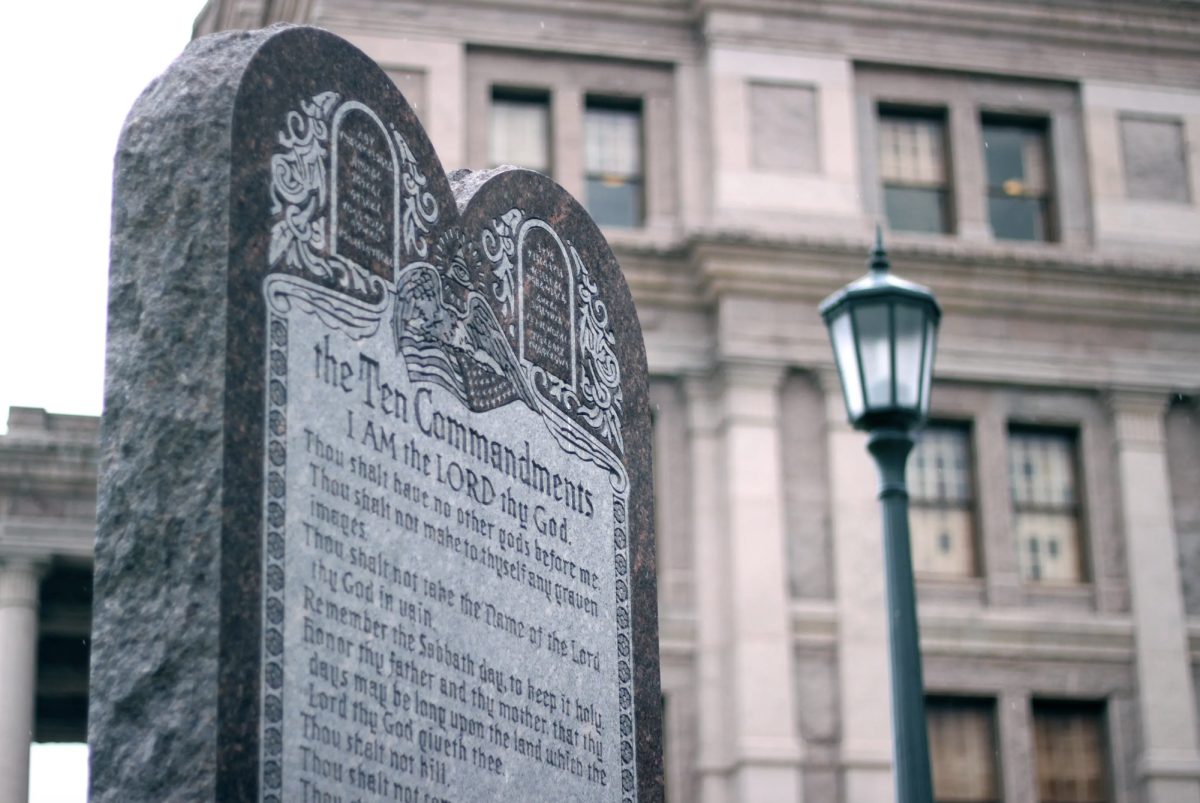Get the facts straight: Government Shutdown
Lack of bipartisan agreement leads to federal standstill
January 24, 2018
The government effectively shutdown last Friday following a Senate blockade of extended federal funding. The blockade was due to conflict between Democrats and Republicans over protections for undocumented immigrants brought to the country as children, otherwise known as DREAMers. The shutdown was effectively lifted on Monday afternoon, after a shaky agreement between Democrats and Republicans that keeps the government open until February 8th. The shutdown has left many with questions regarding the status of our country and immigration policy. Here’s what you need to know.
Why did it happen?
Essentially, the main issue was the difference in party opinion regarding the immigration protection program DACA. DACA is an Obama-era piece of legislation that enabled undocumented immigrants brought to the States as children by their parents to escape the threat of deportation. Democrats have championed heavily for this following President Donald Trump’s remarks threatening to obliterate the immigration system. In a bid to force Republicans to bring back DACA, Democrats refused to pass the funding bill until negotiations could be met. As such, the government was shut down until an agreement could be reached.
Does the government stop entirely?
No, not entirely. Though the name makes it sound as if our entire governance system ceases to work, it’s not as severe as what you may think. Essential government positions-such as military and law enforcement-still continue to go into work. Social security checks can still be sent out. Basically, non-essential government employees are put on temporary leave. They’re told not to come into work, and they won’t be able to be paid until the shutdown is resolved. The longer the shutdown lasts, the more money millions of Americans lose.
How did it get lifted?
The Democrats and Republicans came to a shaky deal when Senate Majority Leader Mitch McConnell offered to fund the government for two weeks in exchange for the immigration issue being addressed. This has led to some qualms on the Democratic side, as the bill in question that McConnell will bring to the floor is unclear. However, Democratic senator Chuck Schumer accepted this offer so that the government may continue to function.
What does it mean for us now?
The shutdown has been lifted, but that doesn’t mean we’re in the clear. The government is scheduled to shut down on Feb 8 if the status of DACA recipients isn’t addressed before then. This has been a particularly bad year for bipartisanship, so it remains to be seen whether or not the federal government will once again come to a screeching halt.







